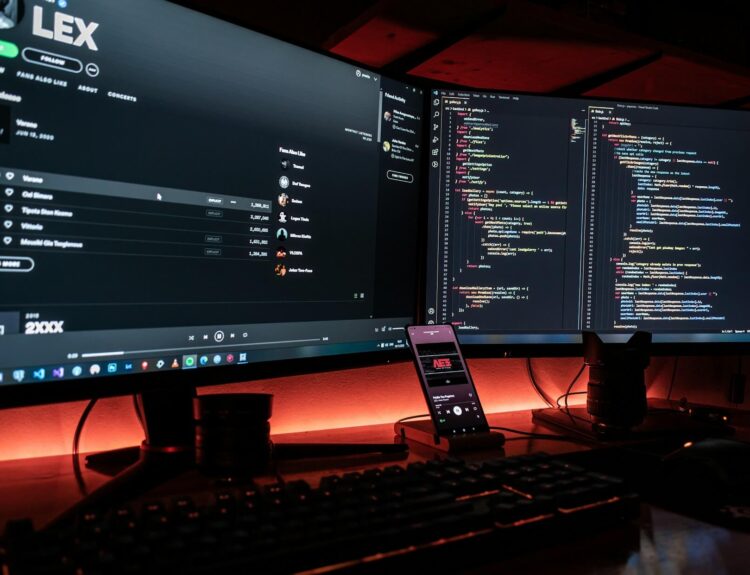Modern society has convinced us that constant motion equals progress. We sprint through our days, cramming meetings into lunch breaks, responding to emails at midnight, and wearing exhaustion like a trophy.
Yet despite all this frantic activity, many professionals find themselves spinning their wheels, achieving less meaningful work than ever before.
The uncomfortable truth is that our addiction to busyness has become the enemy of genuine productivity. While we chase the illusion of being indispensable through packed schedules, we’re sabotaging our ability to create real value.
The most impactful leaders and innovators understand something the rest of us are missing: time freedom isn’t about having more hours—it’s about using them intentionally.
This shift from busy culture to purposeful action represents more than just a productivity hack. It’s a fundamental reimagining of what success looks like when you stop confusing motion with progress.
This guide will help you identify the productivity myths holding you back and show you practical strategies for reclaiming control over your time.
The Hidden Cost of Constant Busyness
Physical and Mental Exhaustion
Chronic busyness wreaks havoc on both body and mind. When we operate in perpetual motion, our stress hormones remain elevated, leading to compromised immune systems, disrupted sleep patterns, and decreased cognitive function.
The irony is clear: the harder we push ourselves to be productive, the less capable we become of producing quality work. Research shows that mental fatigue significantly impairs decision-making abilities.
When we’re constantly rushing from task to task, we lose the mental clarity needed for strategic thinking and creative problem-solving. This creates a vicious cycle where we become increasingly busy while becoming less effective.
Relationship Deterioration
Busy culture doesn’t just damage our work—it erodes our personal connections. When we’re always “on,” we struggle to be present with family, friends, and colleagues. Surface-level interactions replace meaningful conversations, and our relationships suffer as a result.
Professional relationships also take a hit. Colleagues who are always rushing through conversations miss important nuances in communication.
They fail to build the trust and rapport necessary for effective collaboration, ultimately making their work more difficult and time-consuming.
Missed Opportunities for Innovation
Innovation requires space—mental space to think deeply, temporal space to explore ideas, and emotional space to take risks.
Busy schedules eliminate these crucial elements. When every moment is scheduled, there’s no room for the unexpected insights that drive breakthrough thinking.
Many of history’s greatest innovations emerged during periods of reflection and exploration, not frantic activity. The slow culture movement recognizes this truth, emphasizing the importance of creating breathing room in our schedules for creativity to flourish.
Debunking Common Productivity Myths
Myth 1: Multitasking Increases Efficiency
One of the most persistent productivity myths is that juggling multiple tasks simultaneously makes us more efficient. Neuroscience research consistently demonstrates the opposite. What we call multitasking is rapid task-switching, and each switch comes with a cognitive cost.
Studies show that multitasking can reduce productivity by up to 40%. The brain needs time to refocus when switching between different types of work, and this transition time accumulates throughout the day. Single-tasking, while seemingly slower, actually produces better results in less time.
Myth 2: Longer Hours Equal Better Results
The glorification of long work hours is another productivity myth that undermines time freedom. Countries with shorter average work weeks often demonstrate higher productivity per hour than those with longer schedules. This pattern holds true at the individual level as well.
Working excessive hours leads to diminishing returns. After a certain point, additional time invested produces progressively worse outcomes.
Fatigue increases error rates, creativity suffers, and decision-making becomes impaired. The most productive professionals protect their energy by working within sustainable limits.
Myth 3: Saying Yes Opens More Opportunities
Many people believe that accepting every opportunity that comes their way will accelerate their success. This myth keeps professionals trapped in busy cycles, taking on commitments that don’t align with their goals or values.
Strategic saying no is the path to better opportunities. When you decline requests that don’t serve your priorities, you create space for the work that truly matters. This selective approach allows you to excel in your chosen areas rather than spreading yourself thin across too many fronts.
Embracing Slow Culture for Sustainable Success
The Philosophy of Intentional Living
Slow culture isn’t about working slowly—it’s about working thoughtfully. This philosophy emphasizes quality over quantity, depth over breadth, and intention over impulse. Practitioners of slow culture make deliberate choices about how they spend their time and energy.
This approach requires a fundamental shift in mindset. Instead of asking “How can I fit more into my day?” slow culture asks “What deserves my attention today?”
This reframing helps identify activities that truly contribute to your goals while eliminating those that merely create the appearance of productivity.
Building Sustainable Work Rhythms
Sustainable productivity follows natural rhythms rather than artificial deadlines. Most people have predictable patterns of energy and focus throughout the day. High performers learn to align their most important work with their peak energy periods.
Creating buffer time between tasks allows for proper transitions and prevents the mental fatigue that comes from constant context switching. This might seem inefficient on paper, but it increases the quality of work produced during focused periods.
The Power of Deep Work
Deep work—sustained periods of focused attention on cognitively demanding tasks—has become increasingly rare in our distraction-filled environment. Yet this type of work produces the most valuable outcomes in most professional fields.
Protecting time for deep work requires saying no to many “urgent” requests that aren’t important. It means turning off notifications, closing communication channels, and creating physical and mental space for concentration.
The results justify the effort: complex problems get solved, creative projects advance, and meaningful progress occurs.
Practical Strategies for Time Freedom
Audit Your Current Time Usage
Before you can reclaim your time, you need to understand where it currently goes. Track your activities for one week, noting not just what you do but how much energy each activity requires. This audit reveals patterns you might not have noticed.
Look for time drains—activities that consume significant time but produce little value. Common culprits include excessive email checking, poorly run meetings, and administrative tasks that could be automated or delegated. Identifying these patterns is the first step toward change.
Implement Time Blocking
Time blocking involves scheduling specific periods for different types of work. Instead of working from a traditional to-do list, you assign tasks to dedicated time slots. This practice helps maintain focus and prevents the cognitive drain of constantly deciding what to work on next.
Effective time blocking includes buffers between activities and protects time for both focused work and administrative tasks. It also builds in flexibility for unexpected priorities while maintaining overall structure.
Create Boundaries Around Your Time
Time freedom requires clear boundaries about when you’re available and when you’re not. This might mean designated hours for checking email, specific days for meetings, or protected time for strategic thinking.
Communicating these boundaries clearly to colleagues and clients sets appropriate expectations. Most people respect boundaries when they understand the reasoning behind them and see consistent enforcement.
Practice Strategic Delegation
Delegation isn’t just for managers—anyone can identify tasks that others could handle more efficiently. This might involve hiring services for personal tasks, collaborating with colleagues who have relevant expertise, or using technology to automate routine activities.
Effective delegation requires clear communication about expectations and outcomes. It also means accepting that others might approach tasks differently than you would, focusing on results rather than methods.
Measuring Success Beyond Busy Metrics
Redefining Productivity Indicators
Traditional productivity metrics often emphasize quantity over quality—emails sent, meetings attended, hours worked. These metrics can encourage counterproductive behaviors that fill time without creating value.
Better indicators of genuine productivity include progress toward meaningful goals, quality of work produced, and impact on others. These measures focus on outcomes rather than activities, encouraging behaviors that create lasting value.
The Role of Rest in Performance
High performers understand that rest isn’t the absence of productivity—it’s a crucial component of sustained excellence. Regular breaks, adequate sleep, and genuine relaxation time aren’t luxuries; they’re requirements for optimal cognitive function.
Planning recovery time into your schedule prevents burnout and maintains the energy needed for your most important work. This might feel indulgent at first, but the improved quality of your focused work more than compensates for the time invested in rest.
Your Path to Sustainable Time Management
Reclaiming your time in a world addicted to busy requires courage to swim against cultural currents.
It means prioritizing long-term sustainability over short-term appearances of productivity. The journey from busy culture to time freedom isn’t always easy, but it’s essential for both professional success and personal fulfillment.
Start small by implementing one or two strategies from this guide. Notice how intentional time management affects not just your productivity but your stress levels, relationships, and overall satisfaction with your work.
As you experience the benefits of slow culture principles, you’ll find the motivation to make deeper changes.
The goal isn’t to eliminate all busyness from your life—some periods of intense activity are inevitable and even valuable. Instead, aim to make busyness a conscious choice rather than a default state.
When you control your time rather than letting it control you, you create space for the work and relationships that matter most.
Remember that true productivity isn’t about doing more things—it’s about doing the right things well. Your future self will thank you for the courage to prioritize intention over impulse, quality over quantity, and purpose over pressure.



